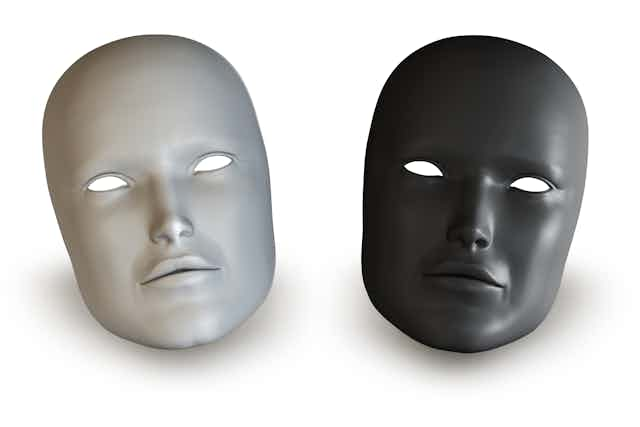A policeman tells a drunken Aboriginal father to take responsibility for his child. But the man can’t even remember his son’s name. Predictably, Bill Leak’s now infamous cartoon published in The Australian on Aboriginal and Torres Strait Islander Children’s Day, brought accusations of racism from many quarters.
Indigenous Affairs Minister Nigel Scullion condemned the cartoon for its racist stereotyping. The NSW Aboriginal Land Council also called it racist and filed a complaint with the Press Council. A complaint has now been lodged with the Human Rights Commission about the “hateful and derogatory material specifically relating to indigenous Australians” in Leak’s cartoons.
Leak claims to be bewildered by the accusations. He regards his cartoon as a legitimate response to the Four Corners revelation of the mistreatment of children at the Don Dale detention centre. Leak says: “It comes back ultimately to the parents.”

According to Malcolm Turnbull, Leak is a “controversialist”, not a racist. Our prime minister’s parsing of this distinction raises the question: what does it take to be rightfully described as racist?
Philosophers and sociologists have theories about racism but even they aren’t in agreement about what it is. Some emphasise beliefs. A racist, they say, is someone who thinks that character is determined by race or who believes that other races are inferior.
Others emphasise behaviour rather than beliefs. A racist denigrates or attacks people of other races.
Others find racism in common, often unthinking, assumptions. The writer Benjamin Law, for instance, sees racism in the words of a cosmetics saleswoman who once told his (Chinese) mother that she wouldn’t be able to afford her products.
Some think that racism is revealed in involuntary behaviour – for example in the fear felt by some white women when they encounter black men on the street. Others think that racism is found not so much in people’s attitudes and beliefs but in the institutions of society.
These competing perspectives show that racism has no precise meaning and what a person does to deserve the label is often not clear. Leak is not alone in feeling bewildered. Lack of clarity also encourages promiscuous use. According to some conceptions of racism – those that emphasise attitudes or unconscious reactions – almost every white person is a racist.
The problem of lack of clarity is aggravated by the fact that “racism” is a serious accusation and those so called are likely to react in a defensive and angry way. Use of this label is not conducive to a dialogue about proper social behaviour.
Using the dictionary definition
In my opinion, we should adhere to the commonsense definition found in most dictionaries. A racist is someone who both believes that people of a particular racial or cultural group are inferior or inherently bad and who deliberately and persistently attacks them verbally or physically, or seeks to denigrate, expel or eliminate them.
This definition enables us to distinguish racism from lesser wrongs in racial relationships. Those who wanted to rid Australia of Aborigines and their culture by taking away their children were racist.
Those who supported the policy because they were concerned about the welfare of Aboriginal children had mistaken beliefs about Aborigines and were blind to the harm caused. But they weren’t racists.
The saleswoman described by Law and the women who fear black men have false beliefs but they don’t deserve to be called racists.
On the other hand, those who casually but persistently insult or denigrate others because of their race are usually racists. But sometimes they are simply bullies who believe that their society has given them a licence to attack people of a certain kind.

Daisy Bates (1863-1951), who is famous for her efforts to improve the welfare of Aborigines in Western Australia and the Northern Territory and to publicise the wrongs done to them, believed that they were an inferior race doomed to die out (but she didn’t engage in racist behaviour.) She also thought they were cannibals. She had mistaken beliefs, which she shared with most people of her times, but it would be inaccurate and unfair to call her a racist.

There is no reason to believe that Bill Leak regards Aborigines as inferior or inherently bad. There is no reason to think that he is denigrating them because of their race. But this doesn’t mean that he is innocent of racial misdemeanors. By contributing to a stereotypical and largely false view about Aboriginal parents he can be accused of insensitivity.
This demeaning stereotype caused many people to respond to the cartoon by pointing out that Aborigines are often caring fathers. If the cartoon had been about a drunken white man and his child no one would have felt the need for this response.
Leak is also wrong to suppose that all the troubles of Aboriginal youth can be blamed on the failure of their parents to take responsibility.
Turnbull is right. Leak is not a racist. But this does not mean that the complaints against his cartoon are without foundation.

